AI and the Evolving Role of the “Traditional” Engineer: An Engineer’s Perspective from NASA to Infrastructure and Beyond
The global workplace is rapidly changing. With the sudden and sustained economic and social impacts caused by COVID-19, the ""new"" digital future is here. The advancement of data science and AI will likely hyper-accelerate automation and displace routine work. The engineering discipline is evolving and AI will be at the center of this transformation.
Several economic forecasts predict 40 percent of current jobs will be lost by 2030, accounting for 30 million jobs lost. However, business and educational leaders state there is a "talent crisis" of data science and AI professionals, according to an Ernst & Young report. The future is now.
PDH: 1
Kimberly Johnson, P.E.
Founding Principal
Data Management Science, Ltd.
Ms. Kimberly Johnson, P.E. has extensive technical and operational experience in the computing, telecommunications, and aerospace industries where she was responsible for the management, operations, and engineering of high technology systems. She received a Bachelor of Science degree in Electrical Engineering with concentrations in power systems and optics from the University of Texas at Arlington and a master’s in Business Administration from Texas A&M University at Commerce. She is a licensed engineer in Texas and Louisiana and a certified Six Sigma Master Black Belt.
Ms. Johnson currently works in the energy industry utilizing her expertise in analytics, systems engineering, and strategy. Prior to her current role, Ms. Johnson was selected into the position as the Deputy Director of Continuous Improvement at the Sewerage and Water Board to develop a strategy to transform the Board into a best-in-class organization.
Earlier in her career, she served as the Risk Manager and Contractor Audit Manager for Stennis Space Center at the National Aeronautics and Space Administration (NASA). She implemented a Risk Management program that utilizes innovative heuristic risk identification and ranking process and characterizes Stennis’s operational status. It is identified as a NASA best practice.
At the beginning of her Federal service career, Ms. Johnson joined NASA at its Headquarters in Washington, DC in the Office of Program Analysis and Evaluation on staff to the NASA Administrator. She gained valuable experience as lead and participant in studies and projects, such as the agency's efforts to define and balance the Science Mission Directorate's portfolio over the next 20 years. She developed the initial Space Shuttle Transition policy guidelines to support President George W. Bush’s Vision for Space Exploration Program. The adopted policy included a method of retiring the Shuttle Program with top-level system analysis of technical requirements, schedule, and cost estimates while preserving national assets and technologies.
Ms. Johnson currently lives in New Orleans.
Key:
| Access Date | Quiz Result | Score | Actions |
|---|